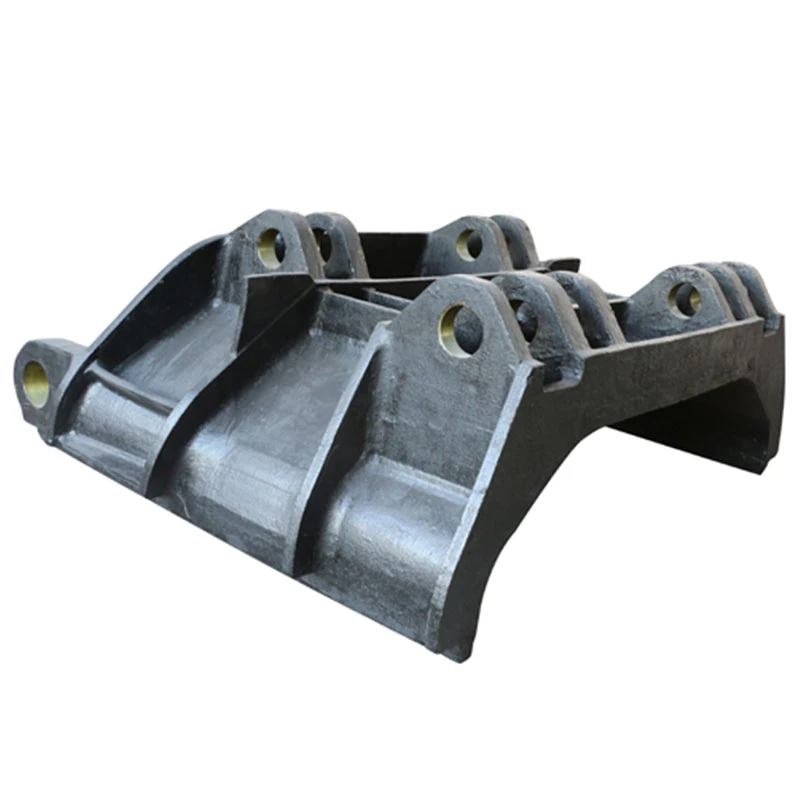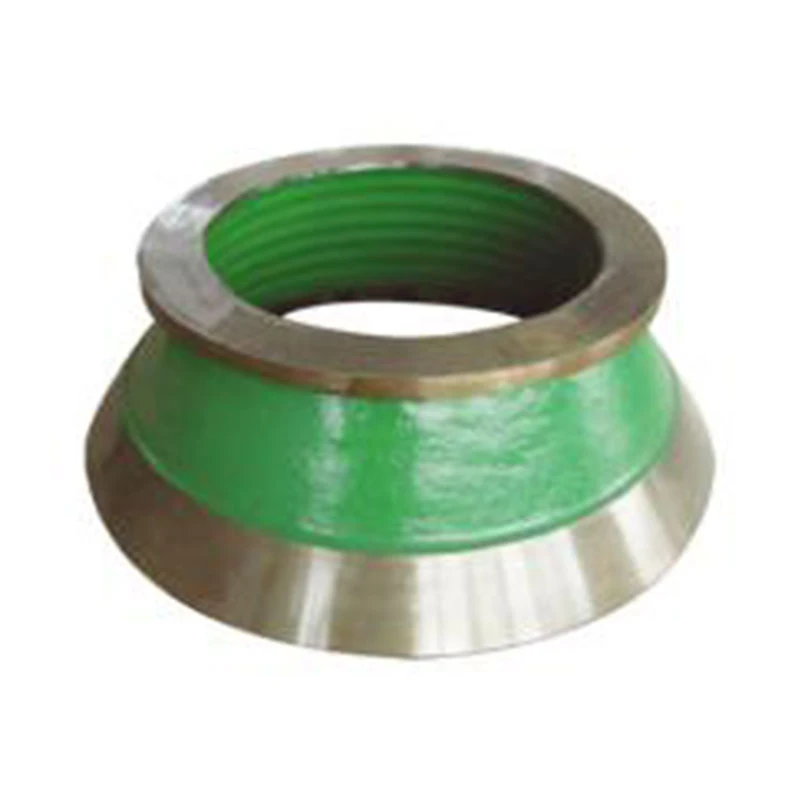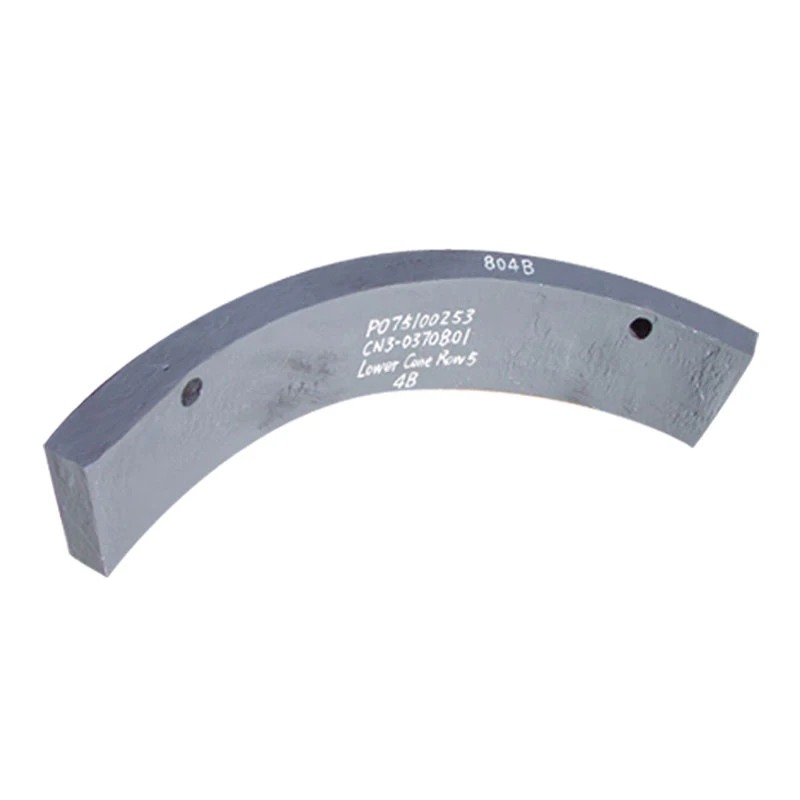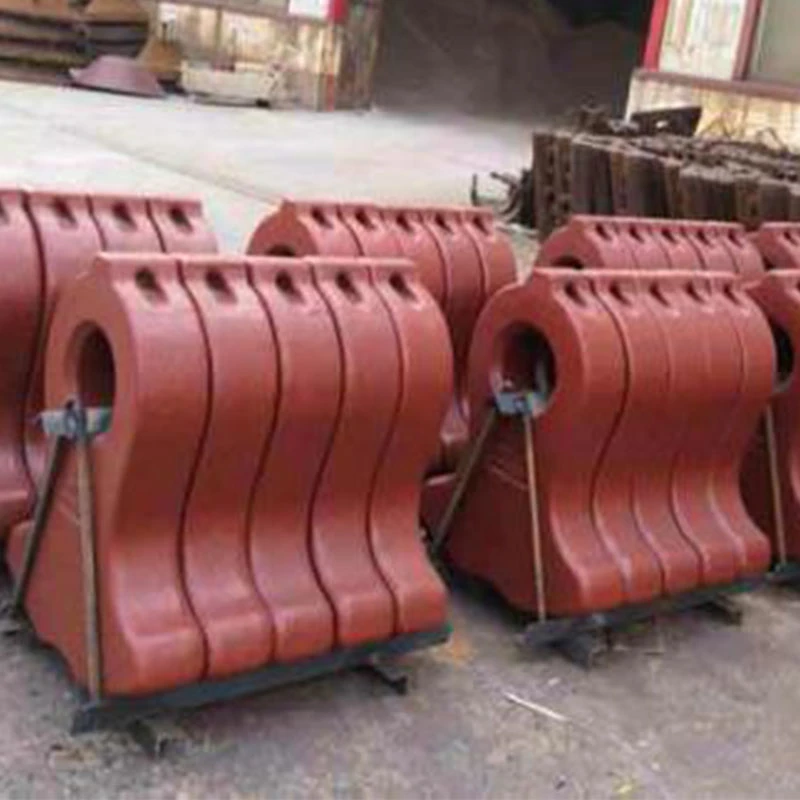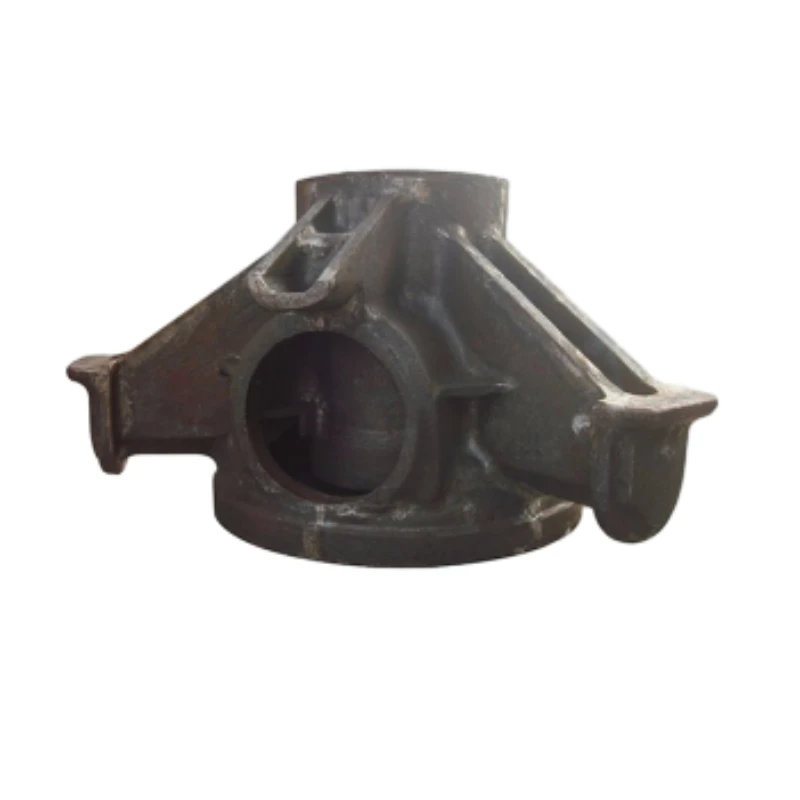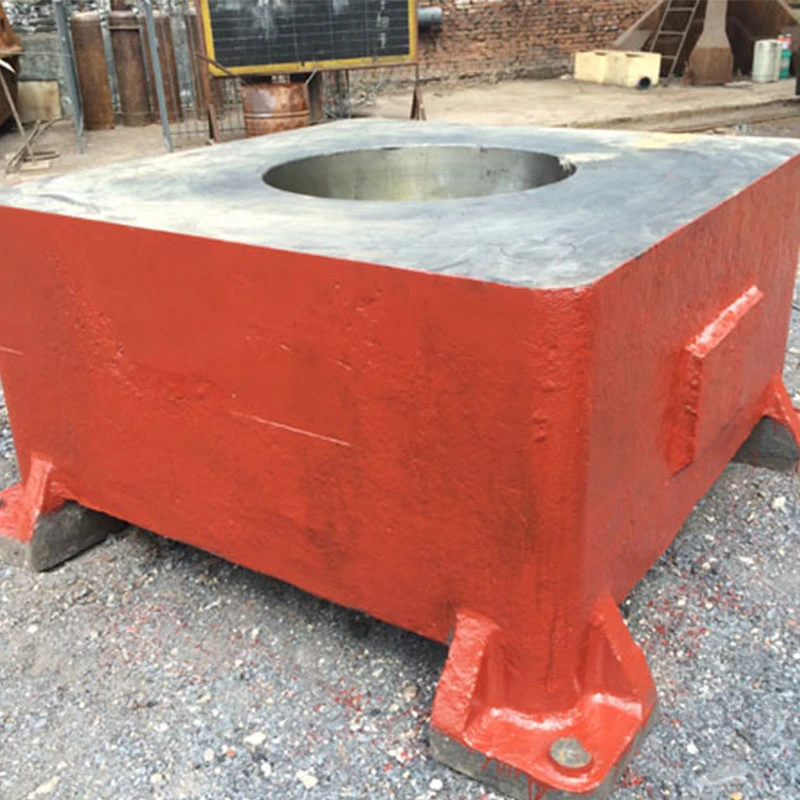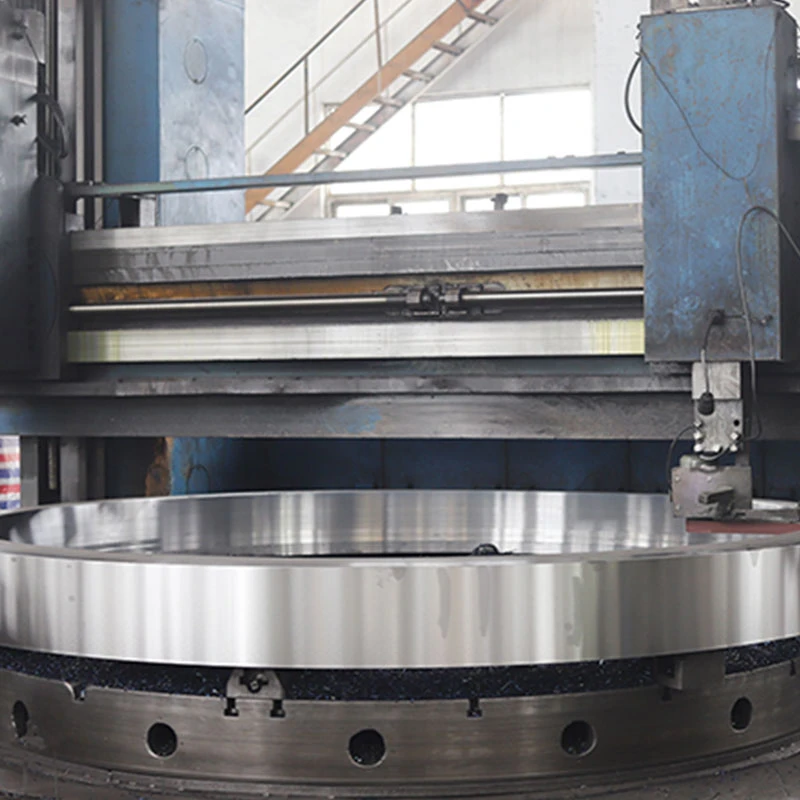- Afrikaans
- Albanian
- Amharic
- Arabic
- Armenian
- Azerbaijani
- Basque
- Bengali
- China
- China (Taiwan)
- Czech
- Danish
- Dutch
- English
- French
- German
- Greek
- Gujarati
- Haitian Creole
- hausa
- Miao
- Hungarian
- igbo
- Indonesian
- Italian
- Japanese
- Javanese
- Rwandese
- Korean
- Kyrgyz
- Lao
- Lithuanian
- Luxembourgish
- Macedonian
- Malgashi
- Malay
- Mongolian
- Myanmar
- Nepali
- Norwegian
- Persian
- Polish
- Portuguese
- Punjabi
- Russian
- Spanish
- Swahili
- Swedish
- Telugu
- Vietnamese
Jun . 08, 2025 08:26 Back to list
Premium Clinker Crusher Hammers Durable & Efficient
- Exploring the critical role and specifications of clinker crusher hammer
s in material processing - Technical analysis of material science behind high-performance crusher hammer heads
- Comparative data of leading manufacturers in impact resistance and durability
- Engineering innovations for custom crusher hammer configurations
- Real-world application case studies across cement plants
- Operational procedures for maximizing hammer service life
- Future development trends in crushing technology
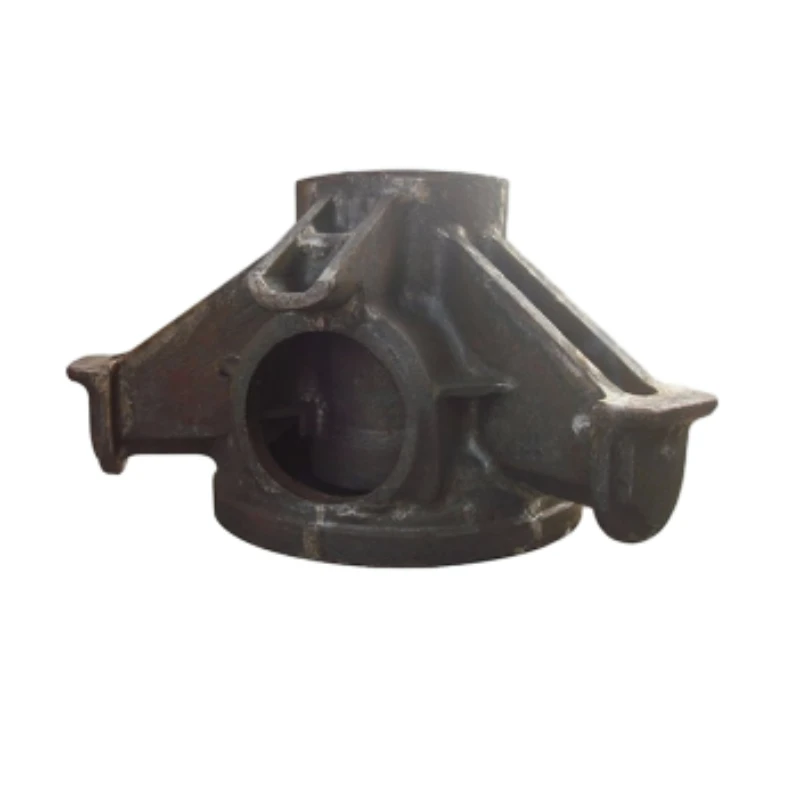
(clinker crusher hammer)
The Critical Role of Clinker Crusher Hammers in Material Processing
In cement production lines, clinker crusher hammers serve as the primary impact components for reducing oversized material. These specialized hammers operate in extreme environments with temperatures exceeding 1,000°C while enduring repetitive high-impact forces. The average operational lifespan of a standard crusher hammer ranges between 150,000 and 300,000 tonnes processed, depending on material composition and operating conditions. Recent field studies reveal that hammer failure causes approximately 42% of unplanned crushing system shutdowns in cement plants, highlighting their critical function. Unlike standard crusher hammers, clinker-specific variants feature reinforced structures to withstand thermal cycling and abrasive silica content above 22% in cement feedstock.
Material Science Behind High-Performance Hammer Heads
Crusher hammer heads require engineered metallurgy to balance impact resistance and wear characteristics. Premium manufacturers utilize hypereutectic chromium alloys (23-28% Cr content) which demonstrate superior performance compared to standard manganese steel alternatives. These alloys develop secondary carbides during the casting process that enhance surface hardness (up to 650 HB) while maintaining core toughness (impact values exceeding 25 J/cm²). Through proprietary heat treatment protocols, manufacturers create controlled hardness gradients between the hammer's striking face and mounting section, optimizing both wear resistance and shock absorption capabilities. Research indicates that optimal carbide distribution increases service life by 60-80% compared to conventional homogeneous alloys.
Manufacturer Performance Comparison
| Specification | Standard Grade | Premium Brand X | Premium Brand Y | Custom Solution |
|---|---|---|---|---|
| Impact Resistance (J/cm²) | 18-22 | 26-28 | 24-26 | 29-32 |
| Surface Hardness (HB) | 450-500 | 600-620 | 590-610 | 630-650 |
| Clinker Throughput (tonnes) | 200,000 | 340,000 | 320,000 | 380,000+ |
| Wear Rate (mm/1,000hrs) | 1.2-1.5 | 0.65-0.75 | 0.70-0.85 | 0.45-0.55 |
| Cost Index | 1.00 | 1.85 | 1.75 | 2.20 |
Performance data demonstrates that alloy-engineered hammers deliver significantly longer operational service despite higher initial costs. The custom solution utilizes micro-alloying with niobium and vanadium to create superior impact resistance.
Advanced Customization Capabilities
Modern crusher hammer manufacturing now offers extensive customization options to match specific operational requirements. Beyond standard alloy selection, manufacturers provide profile optimization using computational dynamics to model impact forces. For abrasive clinker containing over 2.5% aluminum oxide content, engineered carbide inserts are strategically positioned at wear points through precision casting techniques. Specialized heat treatment protocols enable hardness zone targeting where critical impact areas achieve 650 HB while maintaining 350 HB in support sections to prevent brittle fracture. Rotational balance adjustments reduce vibration forces by up to 40%, extending rotor bearing life. Current innovations include embedded sensors that monitor hammer degradation during operation.
Industrial Application Case Studies
A South Korean cement plant documented a 316% increase in crusher hammer lifespan after switching to custom-engineered hammers configured for high-silica feedstock. Hammer replacement frequency decreased from quarterly to annual intervals, translating to $48,000 annual savings in maintenance labor and downtime costs. In German facilities processing recycled materials with metallic contaminants, specially reinforced hammer noses prevented catastrophic failure while handling tramp metal incidents. Performance tracking at a Brazilian installation demonstrated throughput increased to 380,000 tonnes between changes by optimizing hammer geometry for their specific clinker temperature profile. Post-installation analysis consistently reveals a 25-40% reduction in specific energy consumption per tonne of processed material when using engineered hammers versus standard options.
Operational Maintenance Considerations
Operational efficiency begins with regular inspection protocols recommended at 500 operating hours to detect surface deformation patterns indicating uneven wear. Proper rotor balance maintenance extends hammer service life by preventing asymmetric loading that causes premature fracturing. Documentation from multiple cement operations demonstrates that scheduled rotation of hammers (changing positions within the rotor assembly) every 100 operating hours creates uniform wear patterns, improving overall utilization by 22-30%. Crucially, operators must avoid allowing hammer wear beyond 25% of original weight as excessive weight loss significantly increases dynamic stress on supporting components. Temperature monitoring during operation provides early detection of material build-up that causes imbalance situations.
Optimizing Crusher Hammer Performance for Long-Term Reliability
Future developments focus on integrating real-time monitoring systems with crusher hammer performance. New generations incorporate RFID tags that track operational hours and impact forces while specialized alloys enable functional regeneration properties where surface structures self-harden during operation. Industry leaders are transitioning toward composite solutions that combine metallic substrates with ceramic strike faces for extreme abrasion resistance. These advancements will significantly impact clinker crusher operational efficiency as next-generation designs aim to achieve 500,000-tonne service intervals. Strategic implementation of these innovations promises to transform the traditional crusher hammer from a consumable component into a predictive maintenance asset.
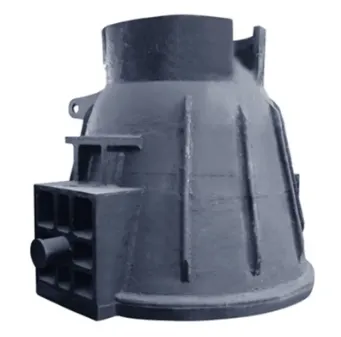
(clinker crusher hammer)
FAQS on clinker crusher hammer
以下是围绕核心关键词[clinker crusher hammer]及相关术语创建的5组FAQ问答,符合HTML富文本格式要求:Q: What is the function of a clinker crusher hammer?
A: A clinker crusher hammer crushes cement clinker lumps after kiln processing. Its high-impact force reduces clinker size for further grinding. This component ensures efficient material handling in cement production lines.
Q: What materials are used in crusher hammer heads?
A: Crusher hammer heads typically use high-chromium alloys or bimetal composites. These materials provide exceptional abrasion resistance against hard clinker. Heat treatment processes further enhance durability and impact strength.
Q: How often should clinker crusher hammers be replaced?
A: Replacement depends on clinker abrasiveness and crusher workload. Generally, inspect hammers every 200-500 operational hours. Severe wear or cracks indicate immediate replacement needs.
Q: What design features improve crusher hammer efficiency?
A: Optimized weight distribution ensures maximum kinetic energy transfer. Unique beveled edges enhance impact shock absorption. Balanced rotor assembly design minimizes vibration for smoother operation.
Q: Why choose specialized clinker crusher hammers over standard models?
A: Clinker-specific hammers endure extreme temperatures (up to 400°C) from hot clinker. Their metallurgical composition resists thermal fatigue cracking. This specialization doubles service life compared to generic crusher hammers.
-
Low-Cost Borehole Drilling Machine for Small-Scale Projects
NewsJul.11,2025
-
Carbide Bullet Teeth for Abrasive Formations: Powering Industrial Drilling Efficiency
NewsJul.11,2025
-
Advantages of Down-the-Hole Drill Bits in Geothermal Projects
NewsJul.11,2025
-
Hole Hammer Use in Water Well Drilling
NewsJul.11,2025
-
Benefits of a Mobile Diesel Compressor in Construction
NewsJul.11,2025
-
Benefits of Diesel Portable Screw Air Compressors
NewsJul.11,2025




